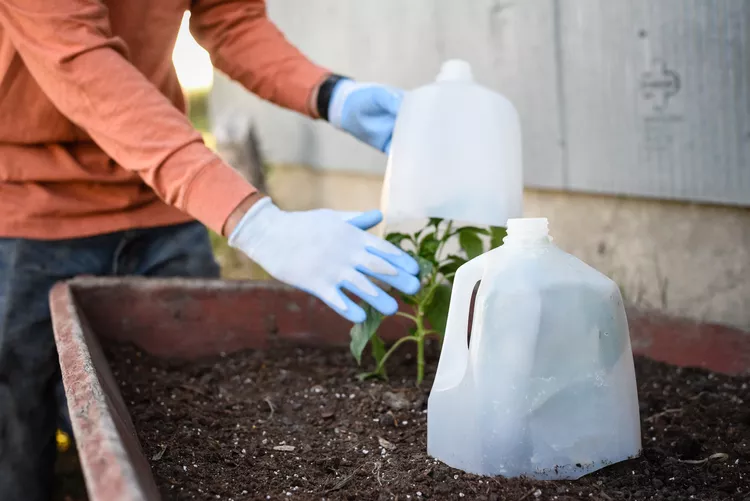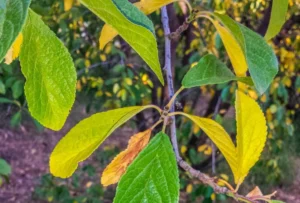Protecting Your Plants During Winter
As a seasoned horticulturist, I’ve worked extensively with homeowners to prepare their trees and bushes for winter. Snow cover can be both a blessing and a challenge. When managed properly, it acts as an insulating blanket; when neglected, it can cause damage. In this article, I’ll explain how to utilize snow cover effectively to protect your plants and ensure their health during the cold months.
Why Snow Cover Matters for Trees and Bushes
Snow cover for trees and bushes plays a dual role—it provides insulation from freezing temperatures while also posing risks of branch breakage and structural damage. A moderate layer of snow traps warmth near the ground, protecting roots and low-lying branches. However, heavy, wet snow can burden branches and lead to breakage.
According to research from Michigan State University Extension, plants under consistent snow cover often survive winter better than those exposed to cycles of freezing and thawing. This emphasizes the need for understanding how to manage snow effectively.
The Benefits of Snow Cover
Snow has insulating properties that help protect trees and bushes in several ways:
- Temperature Regulation: Snow acts as a barrier, reducing exposure to freezing winds and extreme cold.
- Moisture Retention: It prevents rapid evaporation of soil moisture, which is essential for plant survival during winter.
- Protection from Frost Heaving: Snow minimizes soil movement caused by freezing and thawing cycles, which can damage roots.
The Risks of Improper Snow Cover
On the flip side, unmanaged snow accumulation can lead to:
- Broken Branches: Wet snow’s weight can stress or snap branches.
- Diseases: Prolonged contact with wet snow increases the risk of fungal infections.
- Physical Deformation: Young bushes and trees may bend or warp under heavy loads.
Dr. Karen H. Brown, a plant scientist from the University of Minnesota, explains, “While snow offers vital protection for plants, homeowners need to manage accumulation carefully to prevent structural damage.”
Step-by-Step Guide to Managing Snow Cover
1. Monitor Snow Accumulation
Regularly inspect your garden during and after snowfalls. Identify trees and bushes most affected by heavy snow.
2. Remove Excess Snow Carefully
- Use Gentle Tools: A soft-bristled broom or rake is ideal for lightly brushing snow off branches.
- Start from the Top: Brush snow off branches starting at the top to prevent additional weight on lower branches.
- Avoid Shaking: Shaking branches can cause brittle ones to snap, especially in freezing temperatures.
3. Protect Vulnerable Plants
For younger trees and smaller bushes:
- Wrap with Burlap: Secure burlap around bushes to shield them from snow’s weight and reduce wind exposure.
- Install Frames: Place wooden frames or stakes around bushes to prevent heavy snow buildup.
- Tie Branches Together: Gently tie branches of young trees with soft twine to provide additional support.
4. Use Snow as a Protective Barrier
If snow is light and fluffy:
- Pile Snow Around Base: Use it as insulation by piling snow around the base of trees and bushes, covering exposed roots and lower trunks.
- Maintain Even Coverage: Avoid uneven distribution to ensure consistent protection.
5. Avoid Ice Removal
If branches are encased in ice:
- Do not attempt to break or melt the ice manually. This can cause bark damage or further stress the plant.
- Let the ice melt naturally with warmer temperatures.
Preventing Snow Damage
1. Prune Before Winter
Prune dead or weak branches in late fall to reduce the risk of breakage. Focus on creating a balanced structure to distribute snow weight evenly.
2. Apply Mulch
Add a 2-3 inch layer of mulch around the base of trees and bushes before snowfall. This helps insulate roots and retain soil moisture.
3. Use Anti-Desiccants
Spray evergreens with anti-desiccant solutions to reduce water loss during winter. These products form a protective coating on leaves and needles.
4. Choose Hardy Species
Select tree and bush varieties suited to your climate. Native species are often better equipped to handle local winter conditions.
Common Mistakes to Avoid
- Using Salt Near Plants: Road salt can leach into the soil and harm plant roots. Use sand or plant-safe alternatives for traction.
- Neglecting Young Plants: Younger trees and bushes need extra support, such as staking or wrapping.
- Overloading with Snow: Avoid piling excessive snow on bushes, as this can lead to suffocation and mold growth.
Expert Tips for Winter Plant Care
- Water Before Freezing: Hydrate trees and bushes thoroughly before the ground freezes to ensure they have sufficient moisture reserves.
- Inspect After Storms: Check for damage after heavy snowfalls and take immediate action to prune or stabilize affected plants.
- Keep Heavy Equipment Away: Avoid piling snow from driveways or walkways onto trees and bushes, as compacted snow is harder to remove and more damaging.
When to Seek Professional Help
If snow damage is extensive or plants show signs of stress (e.g., cracked trunks, leaning bushes), consult a certified arborist or horticulturist. They can assess the situation and recommend appropriate remedies, such as structural bracing or advanced pruning techniques.
Conclusion
Snow cover, when managed correctly, is an invaluable ally for your trees and bushes during winter. By understanding the benefits and risks, and following these expert tips, you can ensure your plants stay healthy and resilient throughout the season. Remember, preparation and timely care are the keys to protecting your landscape.
For more expert advice and resources, visit:
- Michigan State University Extension: https://www.canr.msu.edu
- University of Minnesota Horticulture: https://www.extension.umn.edu
- Arbor Day Foundation: https://www.arborday.org





